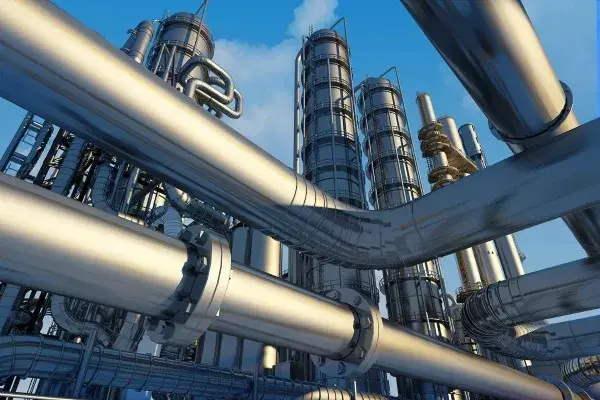
How Natural Gas Supports Sustainable Energy Goals
In the quest for a sustainable energy future, natural gas serves as a critical bridge fuel. While renewable energy sources like wind and solar are expanding rapidly, natural gas provides the necessary reliability to ensure a steady energy supply. Its lower carbon footprint compared to other fossil fuels makes it a cleaner option, contributing to Canada’s efforts to reduce greenhouse gas emissions.
Natural gas complements renewable energy by filling the gaps when renewable sources are unavailable. For example, during periods of low wind or limited sunlight, natural gas-powered plants can quickly step in to stabilize the grid. This reliability is essential for maintaining consistent energy delivery, particularly in regions with fluctuating weather patterns.
Canada’s natural gas infrastructure also enables the integration of advanced energy systems. Technologies such as combined cycle power plants maximize the efficiency of natural gas, producing electricity and usable heat simultaneously. These systems not only lower emissions but also reduce overall energy costs.
Furthermore, the use of natural gas in homes and businesses contributes to broader sustainability goals. Appliances powered by natural gas, such as water heaters and furnaces, are more energy-efficient than their electric counterparts. This reduces overall energy consumption, helping Canadians lower their environmental impact.
As Canada works to balance its energy needs with environmental priorities, natural gas remains a key player. Its ability to bridge the gap between traditional fossil fuels and renewable energy ensures a smoother transition to a sustainable energy future.
Learn More